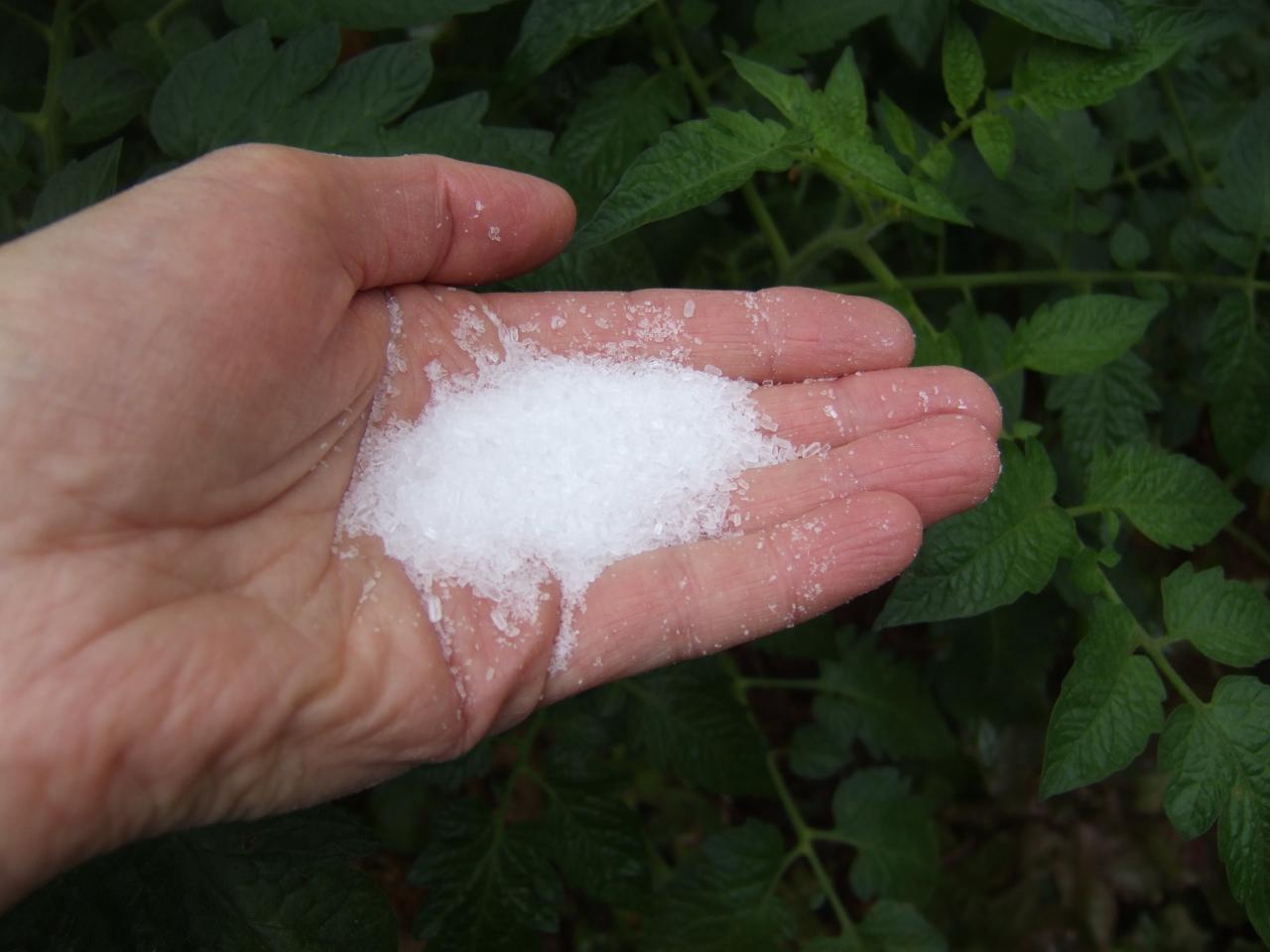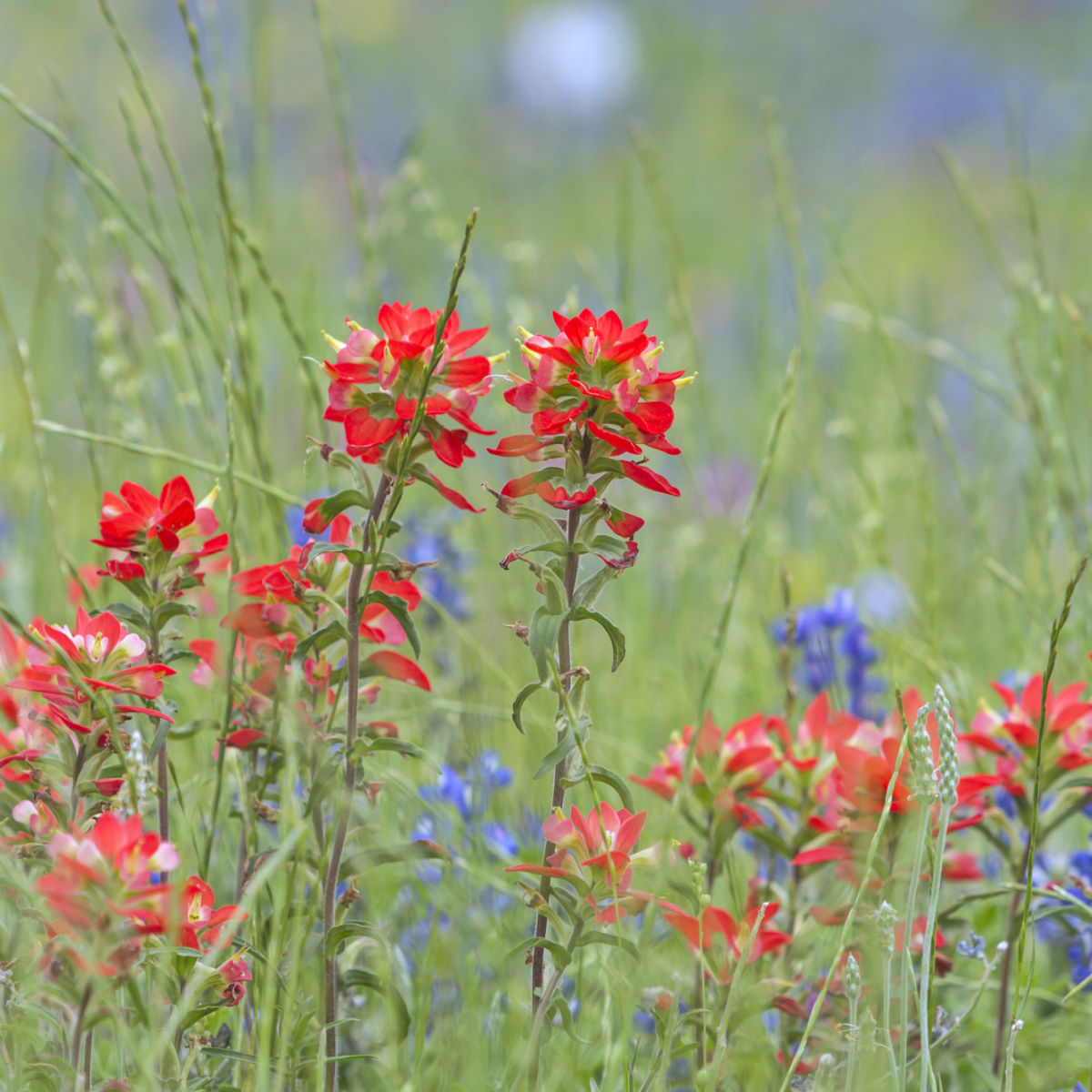Learn More About the Particular Plants That Are Negatively Affected by Epsom Salt Application
Epsom salt, a prominent house treatment for numerous gardening concerns, is commonly commended for its beneficial effects on plant development. Not all plants respond favorably to its application. Understanding the particular plants that can be adversely affected by Epsom salt is crucial for any kind of garden enthusiast looking to maximize their plant treatment regimen. Roses, tomatoes, peppers, azaleas, and rhododendrons are just a few examples of plants that might not respond well to Epsom salt. The reasons behind these adverse effects and how to mitigate them are vital knowledge for keeping a prospering garden.
Roses

Roses, specifically conscious modifications in their environment, can be negatively impacted by the application of Epsom salt. While Epsom salt is commonly used as a plant food to promote plant development and improve flowering, roses are one of the plants that do not react well to its application. The high magnesium web content in Epsom salt can hinder the uptake of other necessary nutrients by the rose plants, resulting in deficiencies that manifest as yellowing leaves or stunted growth.

Tomatoes
Tomatoes, known for their convenience in culinary applications, can exhibit adverse results when exposed to Epsom salt because of their certain nutrient requirements. While Epsom salt is often touted as a remedy for different plant problems, consisting of blossom end rot in tomatoes, its application can result in detrimental results otherwise used deliberately. Tomatoes are heavy feeders that need a balanced consumption of nutrients, particularly calcium, to prosper. Extreme Epsom salt, which is magnesium sulfate, can interrupt the fragile nutrient balance required by tomatoes, possibly bring about shortages in various other crucial nutrients like calcium. This discrepancy might show up in symptoms such as stunted development, yellowing fallen leaves, or also minimized fruit manufacturing in tomatoes. When thinking about the usage of Epsom salt on tomatoes, it is vital to stick to recommended application prices and soil testing to protect against unexpected repercussions on the overall health and efficiency of these precious garden plants.
Peppers
Peppers, admired for their different colors and degrees of spiciness, can show susceptibility to adverse effects from Epsom salt when not used with treatment and consideration for their particular dietary requirements. what plants don't like epsom salt. Peppers, belonging to the Solanaceae household, need a fragile balance of nutrients to prosper. While Epsom salt is recognized to boost magnesium degrees in plants, excessive application can disrupt this equilibrium, causing adverse impacts on pepper plants
When peppers are revealed to high degrees of magnesium from Epsom salt, it can disrupt the plant's capacity to soak up various other important nutrients like calcium and potassium. This discrepancy might show up in signs such as fallen leave discoloration, stunted development, and lowered fruit manufacturing. Additionally, the too much magnesium can change the dirt pH, further exacerbating nutrient uptake issues for peppers.

Rhododendrons
Given the level of sensitivity of particular plant species to discrepancies brought on by Epsom salt, it is necessary to consider the influence on Rhododendrons, which also need details nutrient levels to grow. Rhododendrons are acid-loving plants that favor acidic dirt conditions with a pH variety in between 4.5 and 6.0. Epsom salt, chemically called magnesium sulfate, can alter the soil pH and interrupt the delicate balance of nutrients necessary for Rhododendron wellness.

To preserve the optimum development and wellness of Rhododendrons, it is crucial to avoid the unplanned usage of Epsom salt and instead focus on offering the specific acidic dirt problems and nutrients that these plants require for growing.
Azaleas
Azaleas, recognized for their dynamic blooms and wide variety of colors, are decorative hedges that belong to the Rhododendron find out here category. These preferred blooming plants are often found in gardens, parks, and landscapes as a result of their beauty and versatility. Azaleas are sensitive to adjustments in soil pH levels, which can dramatically influence their growth and overall health. While Epsom salt is frequently utilized as a solution for magnesium deficiency in plants, its application to azaleas can have adverse effects.
When Epsom salt is related to azaleas, it can modify the dirt pH, making it extra acidic. Azaleas prefer a little acidic soil conditions, and an unwanted of magnesium from Epsom salt can disrupt this equilibrium, leading to nutrient discrepancies and potential poisoning issues. The inaccurate application of Epsom salt can cause stunted development, yellowing of leaves, and general decrease in the health and wellness of azaleas. Therefore, it is vital to be mindful when thinking about the usage of Epsom salt on azaleas to stop any kind of unfavorable repercussions on these delicate decorative hedges.
Conclusion
Finally, it is important to be familiar with the details plants that can be adversely impacted by the application of Epsom salt. Roses, tomatoes, azaleas, peppers, and rhododendrons are some examples of plants that may helpful site not gain from Epsom salt and can also suffer damage. It is critical to study and recognize the needs of each plant types before using Epsom salt as a fertilizer to guarantee their health and well-being.
Understanding the specific plants that can be adversely affected by Epsom salt is crucial for any gardener looking to enhance their plant treatment regimen. While Epsom salt is generally utilized as a fertilizer to promote plant development and boost blooming, roses are one of the plants that do not respond well to its application.Extreme use of Epsom salt can also result in a build-up of salts in the dirt, leading to root damages and dehydration of the rose plants. While Epsom salt is understood to increase magnesium levels in plants, extreme application can disrupt this equilibrium, leading to damaging impacts on pepper plants.
The high salt content in Epsom salt can likewise dehydrate Rhododendron origins, creating additional tension and damage to the plant. (what plants don't like epsom salt)